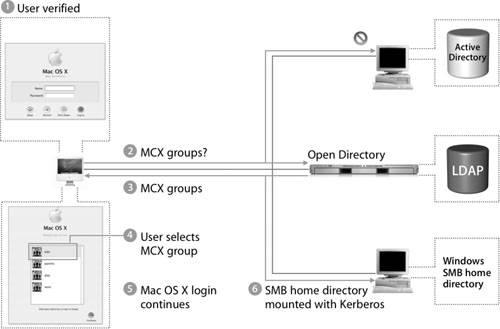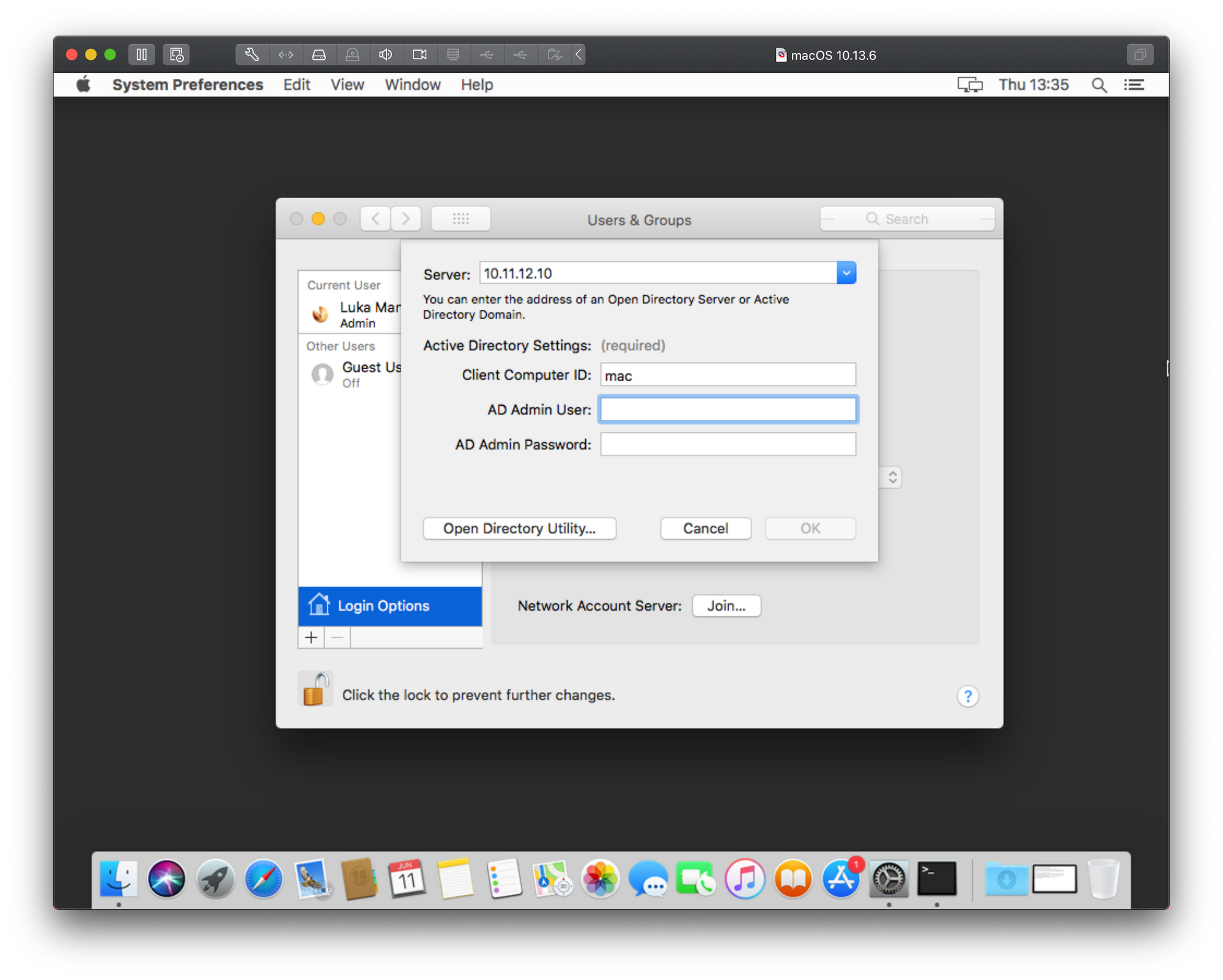

- #Mac os active directory training for mac
- #Mac os active directory training mac os x
- #Mac os active directory training mac os
- #Mac os active directory training code
Sudo defaults delete LoginHook Conclusion ^ If for any reason you need to remove a previously created login hook, issue the following statement from Terminal: Where /path/to represents the path that leads to the. Sudo defaults write LoginHook /path/to/mand From Terminal, issue the following statement: The final step is to create the login hook proper. To perform this latter action, issue the following command from Terminal: command as well as make the shell script executable. However, in this case we need to change the extension to.
#Mac os active directory training code
For instance, the following code creates a folder on the user’s Desktop and mounts a Server Message Block (SMB) Windows share named winshare from a Windows server named server01: To define a login hook, you’ll first need to compose a UNIX shell script that performs the actions you desire. Thus, login hooks tend to be much more powerful and have more capability than login items. Whereas a login item runs in the context of the currently logged on user, a login hook runs with root (superuser) privilege.

The finished configuration Creating a login hook ^ app file to the user’s Login Items preference pane, as usual. From the Apple Script Editor, click File > Save As and select Application from the File Format popup menu.

The key to using an AppleScript file as a login script is that you first need to save the script as an application (these have the. You can search online to find samples of more comprehensive AppleScript SMB scripts that include error checking, conditional logic, and so forth. Following is an extremely basic AppleScript that mounts the aforementioned SMB share:
#Mac os active directory training mac os
AppleScript is an interpreted scripting language that is almost as old as the Mac OS itself. If you are looking for more robustness in how the SMB mount is performed, then allow me to suggest AppleScript. The simplest way to add a Windows share to a Mac user’s login items list is simply to mount the share on the Mac in another blog post) and drag the mounted volume to the user’s Login Items list. To see a user’s login items, open the Accounts Preference pane, select the desired user account, and navigate to the Login Items tab. In other words, these are applications that start up automatically after user login and are executed in the context of the current user.
#Mac os active directory training mac os x
Login items in Mac OS X are directly analogous to Startup Items in Windows. The focus of this article is to learn how we can create usable login scripts for our Macs with the least amount of effort, at least for the smallest of Mac/Windows environments. In future installments of this series, we will discuss the second and third bullet points.
#Mac os active directory training for mac
Thus, unless we turn to third-party tools, we have to face the unavoidable conclusion that we must maintain a separate login scripts for Mac OX clients. Two notable examples are Centrify DirectControl and PowerBroker Identity Services. NOTE: Third-party products exist that do allow for Group Policy processing on Mac OS X systems. In point of fact, Group Policy is utterly irrelevant to the Mac OS X operating system. The preceding information is all well and good, but where does that help us with respect to applying logon scripts to Mac OS X clients? While Apple has given us rudimentary integration with Active Directory, a Mac system cannot process a DOS shell script or VBScript file-Macs simply do not have the appropriate command interpreters available to them out of the box.

The logon script files themselves need to be stored in the NETLOGON share of one of your domain controllers Active Directory replication ensures that all domain controllers possess a copy of the login script file. We deploy login scripts by using either Group Policy or the user’s domain account properties sheet.


 0 kommentar(er)
0 kommentar(er)
